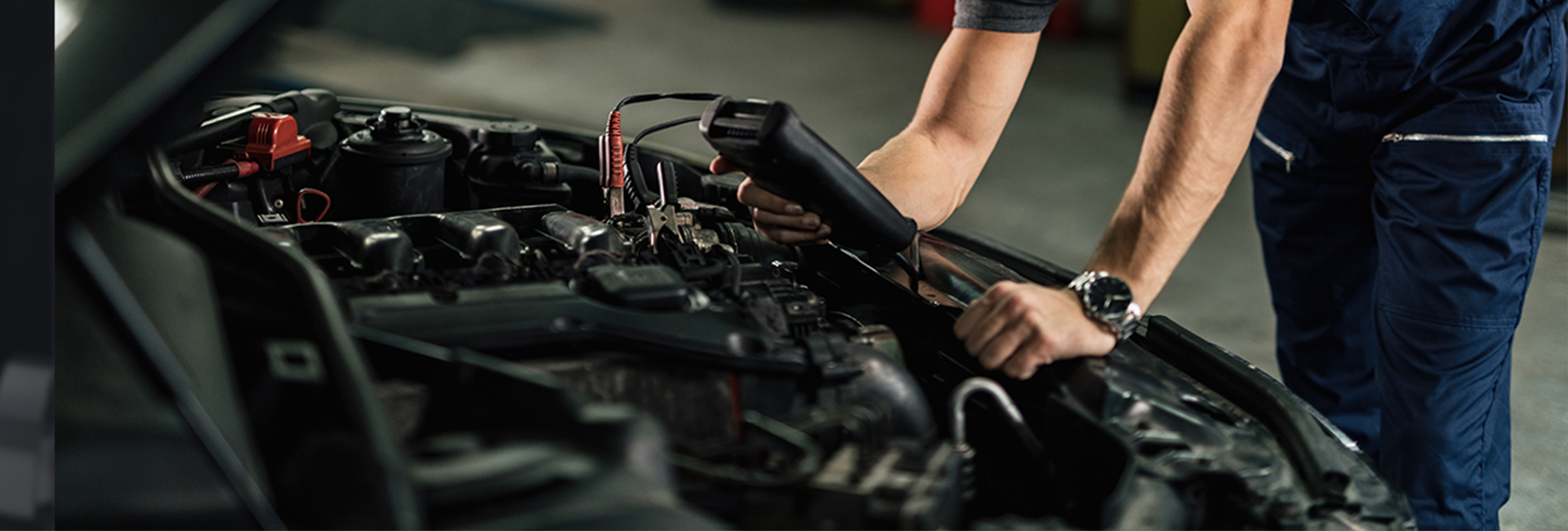Important Steps for Safely Starting a Gasoline Engine
Prior Inspection: Before installing additional components and transmission onto the new engine, it is crucial to manually rotate the crankshaft and timing system using a wrench. This step ensures the proper functioning of components such as pistons, connecting rods, and camshafts.
Coolant Preparation: Begin by removing the thermostat and its cover. Fill the water tank with coolant until it overflows significantly from the intake manifold thermostat. This process effectively expels any air trapped in the water circulation system, preventing potential issues such as engine overheating or coolant burnout. Additionally, flushing the cylinder head gasket is recommended.
Initial Startup: During the initial ten minutes after starting the engine for the first time, careful attention must be given to the following:
Oil Lubrication: Inspect the oil cap to ensure oil is entering the cylinder head, providing lubrication to the system.
Coolant Circulation: Check the coolant circulation by removing the water tank cap and observing for any air bubbles. If bubbles are present, continue purging the air and replenish the coolant as needed, ensuring the engine maintains a normal temperature.
Leakage Inspection: Thoroughly examine the engine for any signs of oil, water, or air leakage, focusing on oil seals, gaskets, and joint surfaces of relevant components. Address any leakage promptly before proceeding with startup.
Taking these precautionary measures guarantees a smooth and safe start-up of the gasoline engine, minimizing the risk of potential damages and ensuring optimal performance.

